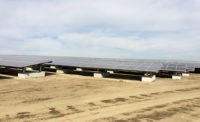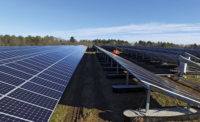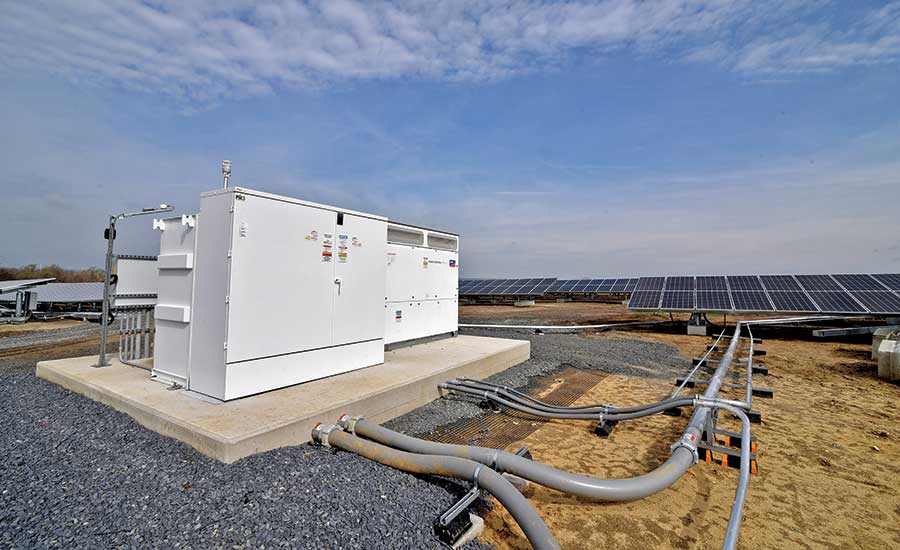ENR New York’s 2019 Best Projects
Cinnaminson Landfill Solar Farm

Cinnaminson Landfill Solar Farm
PHOTO BY MARK LOVRETIN

Cinnaminson Landfill Solar Farm
PHOTO BY ARNAB PAUL

Cinnaminson Landfill Solar Farm
PHOTO BY MARK LOVRETIN

Cinnaminson Landfill Solar Farm
PHOTO BY MARK LOVRETIN




Cinnaminson Landfill Solar Farm
Cinnaminson, N.J.
Best Project
Owner: Public Service Electric & Gas
Lead Design Firm: Weston Solutions Inc.
General Contractor: CS Energy (Formerly Conti Solar)
Civil Engineer: MFS Consulting Engineers & Surveyor DPC
Structural Engineer: RBI Solar Inc.
MEP Engineer: T&M Associates
Material Acceptance Protocol and Assist: RT Environmental Services
Electrical Construction Contractor: Huen Electric
Turning a Superfund site into a renewable energy haven housing a 13-megawatt solar array that can power 3,500 homes is an admirable achievement. As the project team at the Cinnaminson Landfill in Burlington County, N.J., found out, it was also a complex, difficult effort.
The design phase began with uncertainty over whether portions of the interconnection site were actually part of the landfill—which would decide pad placement, electrical conduit transitions, grounding methods and equipment access.
To save time on a process that would have required borings and testing over six to eight months, the team opted to treat the whole project area as part of the landfill—thereby signing on to protective measures, including restrictions on excavation in capped fill areas to prevent the release of contaminated materials.
For example, the team had to install above grade cast-in-place concrete pads for the transformer stations so as not to disturb landfill below. The team developed a special process to install conduit infrastructure through the side of the pads, allowing them to sit only 1.5 ft above grade instead of the 3- to 4-ft height expected in the original design.
The project also required extensive grading, which the team tackled in phases to allow solar panel construction to begin on completed portions. It also required making central inverter and transformer stations accessible to site roadways for future maintenance.
The team also had to design the project around existing landfill monitoring and maintenance infrastructure, ensuring it did not disturb or block access to gas vents and manholes. That required the design to carve out 10 ft of drivable access through breaks in the array for landfill testing staff.
The project team also had to work under strict oversight, permitting and testing requirements from local, state and federal environmental authorities.
Back to "Airports, Culture Projects Dominate Region’s Awards"








